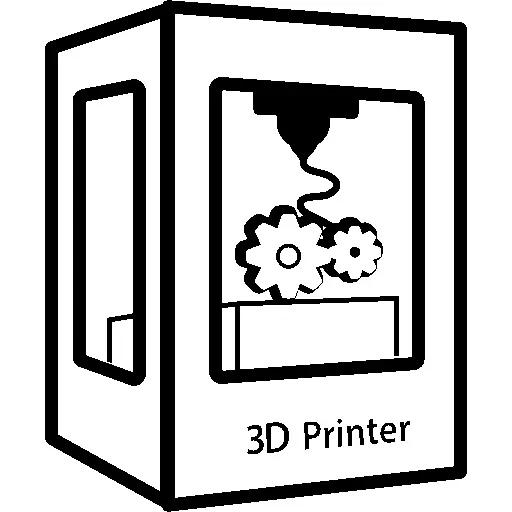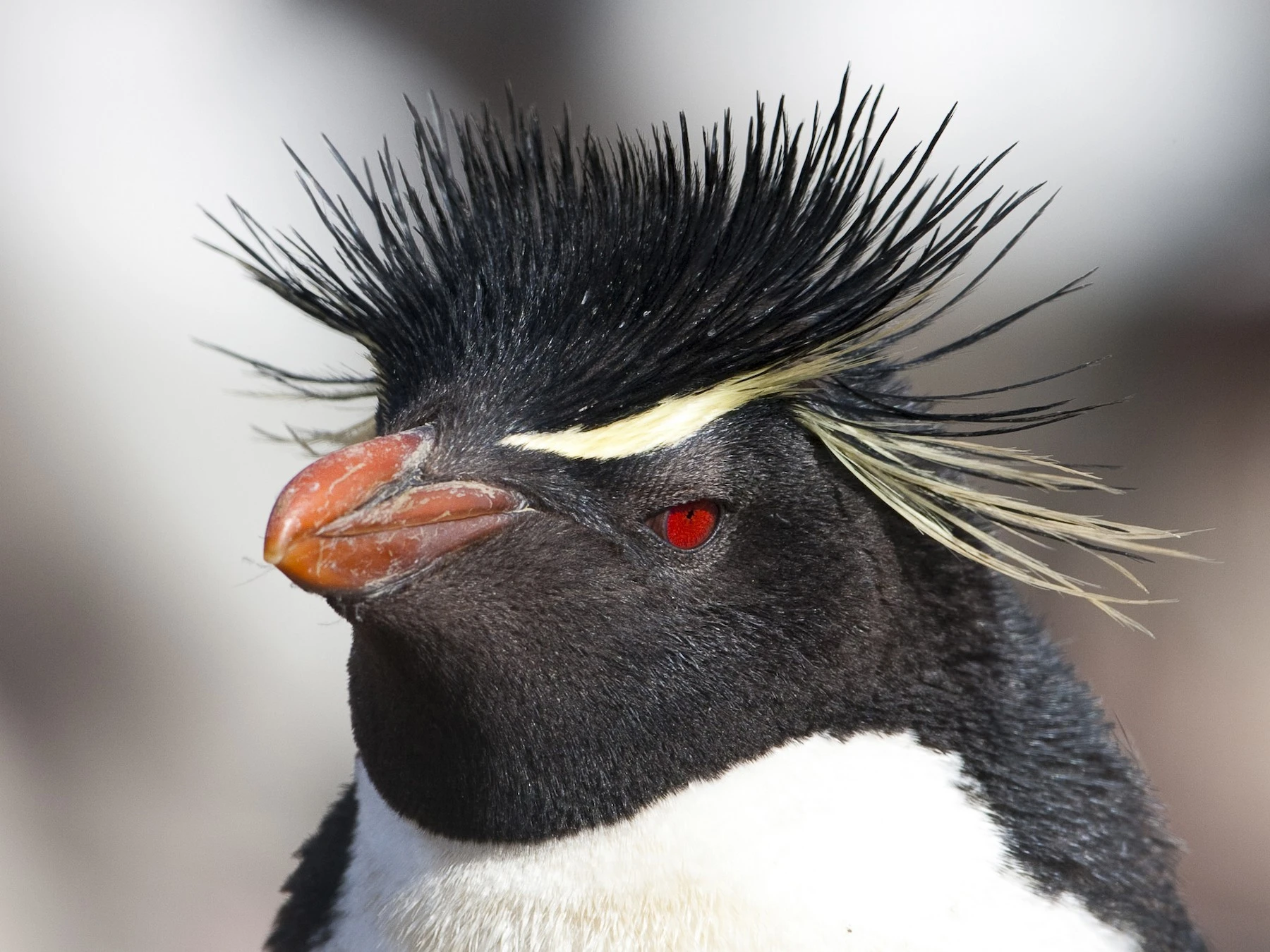Bear with me for a moment, because I’m not sure how to describe this problem without just describing a part I’m trying to print.
I was designing a part today, and it’s basically a box; for various reasons I wanted to print it with all the sides flat on the print bed, but have bridges between the sides and the bottom to act as living hinges so it would be easy to fold into shape after it came off the bed. But when I got it into PrusaSlicer, by default, Prusa slices all bridges in a single uniform direction–which on this print meant that two of the bridges were across the shortest distance, and the other two were parallel to the gap they were supposed to span. Which, y’know, is obviously not a good way to try to bridge the gap.
I was able to manually adjust the bridge direction to fix this, but I’m kinda surprised that the slicer doesn’t automatically choose paths for bridging gaps to try to make them as printable as possible. I don’t remember having this issue in the past, but I haven’t designed with bridges in quite a while–it’s possible that I’ve just never noticed before, or it could be that a previous slicer (I used to use Cura) or previous version of PrusaSlicer did this differently.
Is there a term for this? Are there slicers that do a better job of it? Is there an open feature request about this?
Basically just wondering if anyone has insight into this, or any suggestions for reading on the subject.
Thanks!
Not sure, but I think I know what you’re talking about… Have you checked SuperSlicer? I’m not saying they have a solution - hadn’t used it in years and just checked it out again recently. It’s a fork of PrusaSlicer that has a lot of advanced and niche tweaks. Just one example I noticed when I downloaded it recently: do you know about the floating hole issue for bolt inserts, where slicers just make bridged circles floating in air, and you have to do some hack with one layer thick square cutouts in the model to fix that? SuperSlicer has a built in option for it that just already slices that correctly - saw it in their release notes and tried it, worked great.
That is all to say, they have a lot of advanced tweaks for slicing issues, in the familiar package of Slic3r and PrusaSlicer UI, so might be worth checking it out
I was being an idiot. It does bridge correctly, it just got confused because the bridges were close enough together that it thought it had to make them one single bridge. Thanks!
If anyone is stumped by this in the future, in Slic3r/Prusa and its derivatives, set your bridging angle setting to zero, which is what tells the slicer to attempt to automatically calculate the optimal angle for each bridge. If you have some other angle number in that field that value becomes global, and the slicer will create bridges at that angle come hell or high water, whether they would actually work or not.
This comes with the usual caution that this will increase your slicing calculation time, but unless you’re running it on a netbook from 2004 or something I don’t think this will realistically be an issue for anybody.
That wasn’t the issue for me–my bridging angle was set to zero (the default). The issue was that the anchors for these bridges ran into one another, which made the slicer treat them all as one single unified bridge, and choose one angle for the lines across them all, rather than treating them as separate bridges (which is how I was thinking of them, because they crossed different gaps). I put the text below the images on this link before I understood what had gone wrong, but the images are still useful for illustrating the error: https://imgur.com/a/VjUTVaq
Have you tried rotating the pattern of the infill or top/bottom 45 degrees? I don’t known if bridge lines are completely separate from those or if they are considered part of the infill or top/bottom, I was thinking one of those settings might work though. I know you can rotate the infill and top/bottom pattern in cura.
I’m using PrusaSlicer, and in PrusaSlicer there is a specific setting for this, which is called “bridging angle.” But my point is that bridges are already specifically identified by the slicer as a specific category of print area needing specific settings, and in this case it should be possible for the slicer to choose an optimal bridging angle on a bridge-by-bridge basis, rather than requiring the user to choose a single global angle. You’re right that it would be less catastrophic for the bridging to be 45 degrees off than to be 90 degrees off, but it’s not obvious why this should be a global setting at all, rather than tailored to the needs of the local geometry of the bridge. It could even be something fairly simple, like just drawing lines parallel to the perimeters of the bridge, similar to what “concentric infill” does. I haven’t really looked in to what the best way to implement this feature would be, I’m still at the point of trying to work out how to even describe the issue.
I think Orca bridges based on geometry, but I’ll have to check to be sure.
Otherwise I’d probably just rotate the part 45 degrees if you can fit it on the bed.
I was being an idiot. It does bridge correctly, it just got confused because the bridges were close enough together that it thought it had to make them one single bridge. Thanks!
I can’t visualize this, can you make a diagram or screenie?
Basically this: https://imgur.com/a/VjUTVaq
The blue sections have no support material below them and are printing as bridges, but in the default behavior, PrusaSlicer just uses the single, global “bridging angle” setting to decide which way to print layers on top of these sections. The perimeters on these sections are printed correctly to make the shortest path across the gap, but the rest of the lines making up those bridge layers are printed to match the “bridging angle,” which here means that two of the bridges are printed so they are supported only by those two perimeter bridges themselves.
Please ignore the details of the print itself, as I’m a little braindead today and this is a print that won’t actually fold together correctly as designed. But the issue of bridges orienting poorly is more general than this particular design.
Can you try to change the geometry so that the different bridges are not consecutive in their corners ? It looks like the slicer is just trying to make one big bridge (in one direction) instead of 4 bridges in 4 directions.
Oh, you’re totally right! I knew I was a little braindead today. Thanks so much! It absolutely already does the thing I’m asking for, it just got confused because the edges of the bridges were close enough that their anchors overlapped.
Bridging working normally: https://imgur.com/a/U7yqZU3
Thanks!
Interesting, it took me a while looking at your images to figure out why the original design didn’t work. The problem was that there was no solution that could avoid at least one extremely long bridge, and that bridge also forced the adjacent bridges to be “wrong” (though maybe if it printed the super long bridges first, it could’ve made the rest short).
I don’t have much to add besides being surprised the problem was more interesting than it first seemed…and I don’t accept that you were being an idiot because it want immediately obvious to me either. Or I am one too :)
The “idiot” part comes in where I encountered this problem, and didn’t even stop to consider whether this might be specific to this model, or even try something as basic as turn the model on the print bed, which wouldn’t have fixed the slicing, but would have told me my assumption about how the “bridging angle” setting worked was wrong. Instead, I leapt straight from “huh, this model sliced in a weird way” to “this basic slicer feature is designed in a bizarrely poor way and I’m the first one to ever notice,” and posted about it on social media.
So I appreciate the sentiment, and I’ll leave the post up as it I agree it’s a mildly interesting and counterintuitive result, but I still maintain I acted kinda dumb. :)




